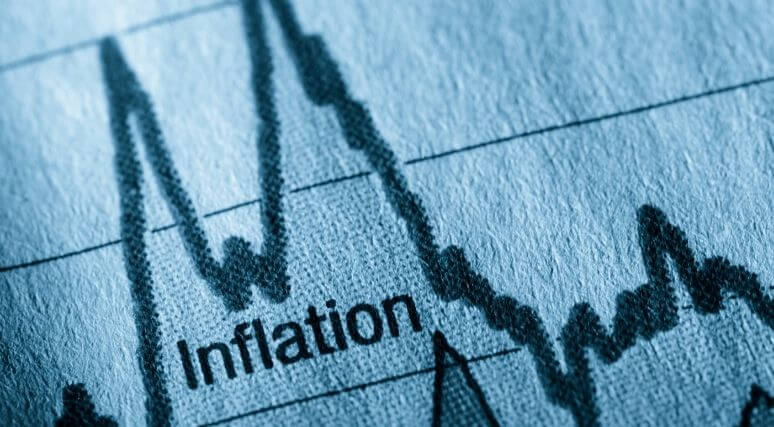This article originally appeared in the Financial Post. Below is an excerpt from the article, which can be read in full here.
By Philip Cross, July 17, 2023
In an economy in which the Bank of Canada has identified aggregate demand exceeding aggregate supply as the main driver of inflation, any additional government spending will fuel inflationary pressures — unless its stimulus to supply exceeds its boost to demand.
But somebody has to explain how exactly such a neat trick can be executed. It won’t be easy. The inflation that erupted during the pandemic surprised central banks, whose models of the economy’s supply side do not extend much beyond using the unemployment rate as a proxy. The supply potential of the economy clearly changed more during the pandemic than policy-makers anticipated. According to the IMF, however, this was not from disruptions in global supply chains but because governments in North America paid millions of workers to stay home, even as Russia’s invasion of Ukraine raised energy prices.
For years, we’ve heard repeated claims that more government spending would pay for itself. Outlays for infrastructure projects were supposed to improve our capital stock, while expanding child care would boost the labour supply. But instead of government spending paying for itself, we’ve seen persistent government deficits and a steady erosion of per capita GDP growth. The OECD secretariat is pessimistic about Canada’s long-term growth potential, projecting we will trail all OECD countries through 2050.
***TO READ THE FULL ARTICLE, VISIT THE FINANCIAL POST HERE***





